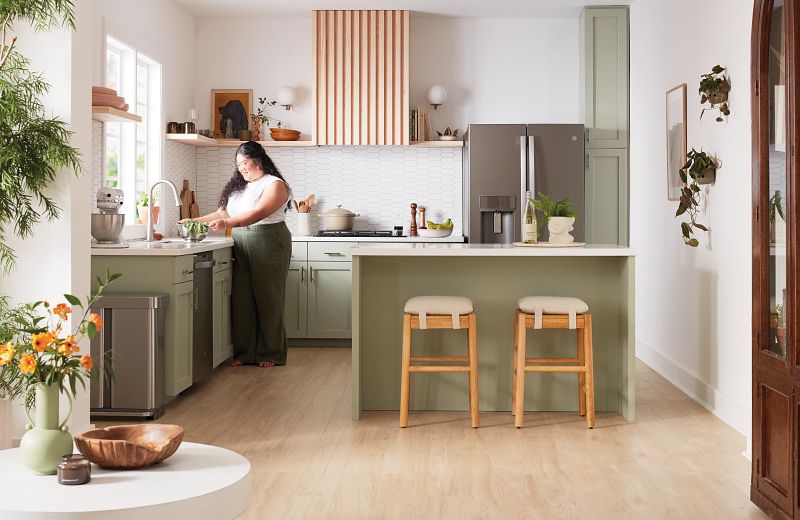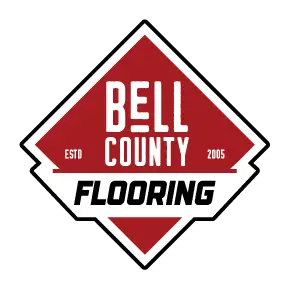Benefits of Sustainable Flooring

Sustainable flooring, also known as green or eco-friendly flooring, is becoming increasingly popular, due to its numerous benefits to homeowners and the environment. Read on to discover what types of flooring are sustainable and exactly how each is beneficial.
Engineered, Laminate, and Vinyl Flooring
All of these newer flooring options have certain aspects that make them somewhat sustainable. Engineered hardwoods, which are made of a thin layer of real wood adhered to a fabricated core, are the most environmentally friendly, as they use only a small amount of natural wood. The result is a product that looks and feels much like hardwood, without some of the fussiness.
Laminate flooring is a core made from pressed wood, topped with a pictorial image of wood, tile or stone, and finally a wear layer, meant to extend appearance and life. Laminate manufacturers use recycled wood in the core layer, making these floors a great choice for sustainability. They can also be recycled easily when they outlive their useful life.
Vinyl floors, while a fan favorite, are made entirely of inorganic material, some of which are recyclables. Vinyl flooring is durable and waterproof, which makes it a great choice for flooring you’d like to keep for a while, and use throughout your space regardless of moisture concerns. The downside of any vinyl floors comes from the inorganic materials, which can emit undesirable chemicals long after the flooring is initially installed. Although they have a long lifespan and are recyclable, these emissions add up to a more significant chemical footprint.
Bamboo Flooring
Bamboo is considered a sustainable source for flooring because it grows quickly and easily in many climates, without the use of pesticides or excessive water. It can be harvested without disrupting the existing ecosystem. Bamboo floors are beautiful and durable; their versatility makes them an excellent choice for almost any decor. As an added bonus, bamboo is easy to maintain and can even be refinished. Consider using bamboo in areas that won’t necessarily get wet. It is more resilient than traditional hardwood but can be affected by extreme changes in humidity.
Cork Flooring
Cork flooring, made from bark harvested from the cork oak tree, is another sustainable option for floors. Cork bark is carefully removed, so as not to damage the tree, ground up and made into many different products, including flooring. The bark then regrows and the process can be repeated. Cork flooring is beautiful and feels great underfoot, but due to its soft nature, it is not as durable as other floors. Cork has a definite life span; as a soft natural product, it can break down relatively quickly. Cork flooring can be damaged by traffic from people and pets, heavy furniture, humidity and direct sunlight. However, for those whose priority is a renewable source for flooring, cork is a great option to consider.
Reclaimed Hardwoods
The ultimate in recycled flooring, reclaiming hardwood from old buildings for use as flooring gives new life to something that would have ended up buried in a landfill. Although not necessarily a budget-friendly option, opting to use reclaimed wood over fresh hardwood benefits the environment by conserving trees. A plus: vintage floors from reclaimed wood have a historic vibe that newer products lack, adding both character and charm.

When all is said and done, there is no 100% green option when it comes to home improvement, and flooring is no different. There are pros and cons to each type. The key is to decide what is important to you, do your research and then choose carefully. If you need more help reviewing the options for flooring, sustainable or otherwise, reach out to the knowledgeable staff at Bell County Flooring. We are happy to help you review your needs and budget and make an excellent flooring choice for your space.

